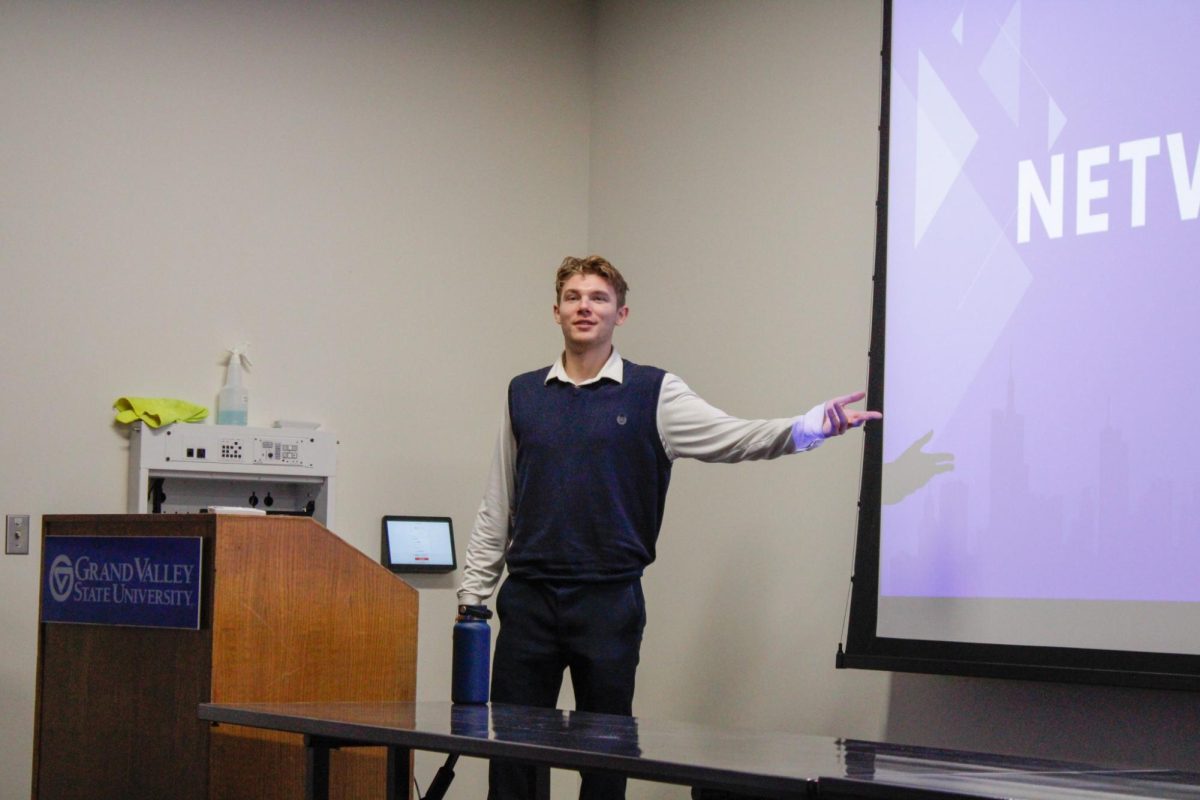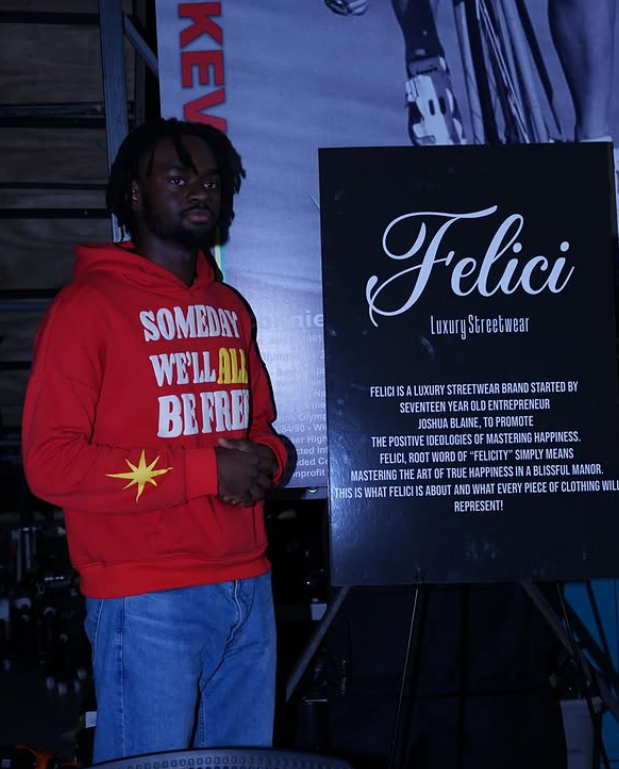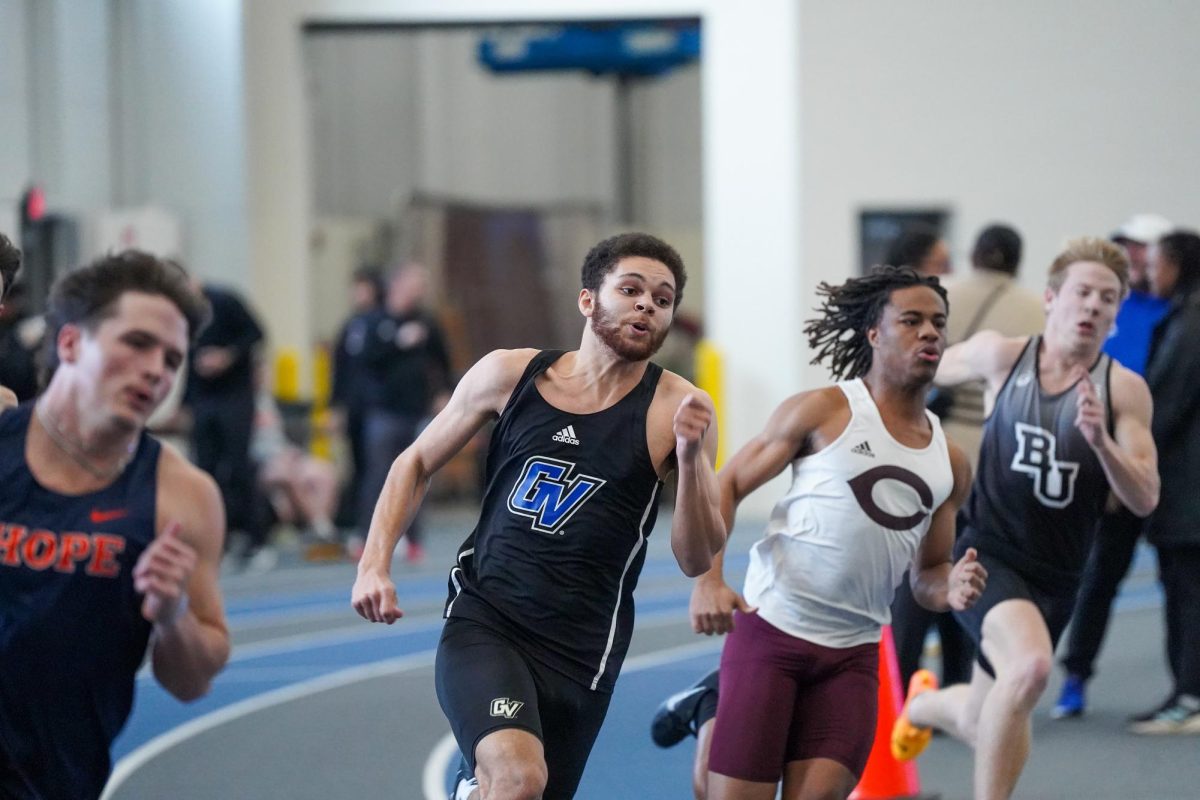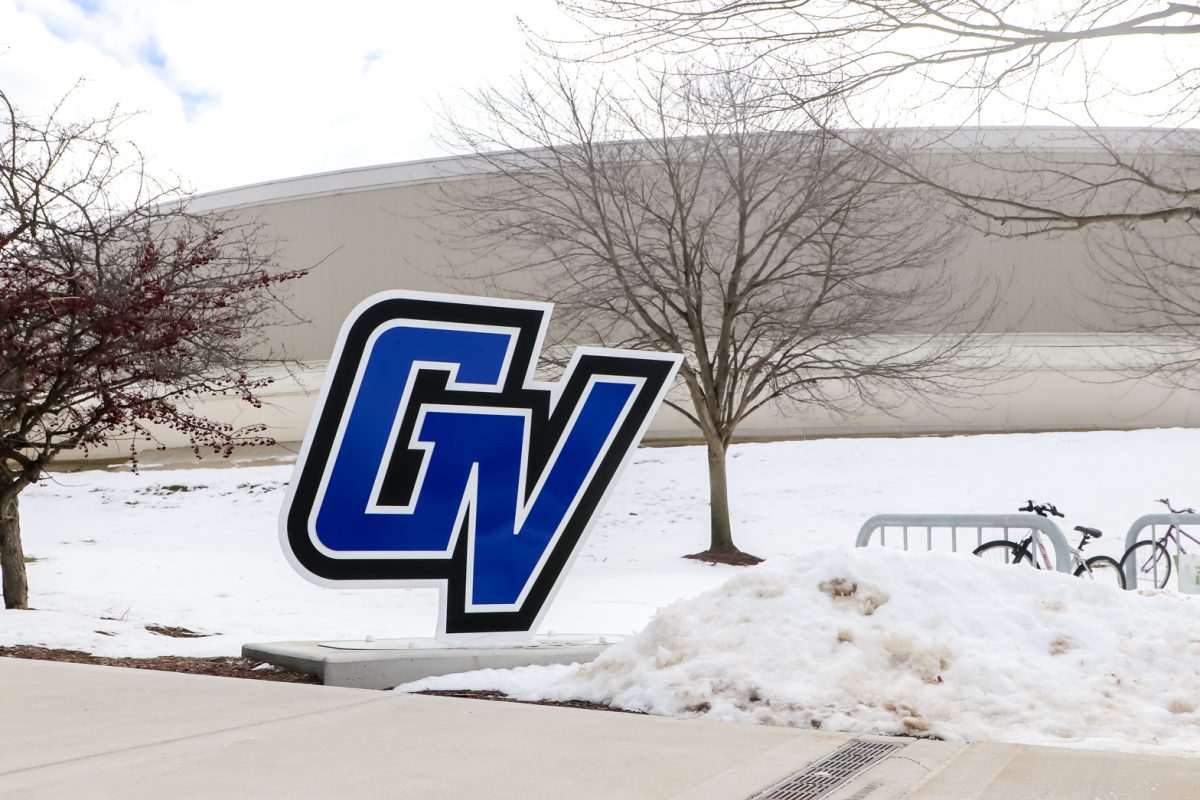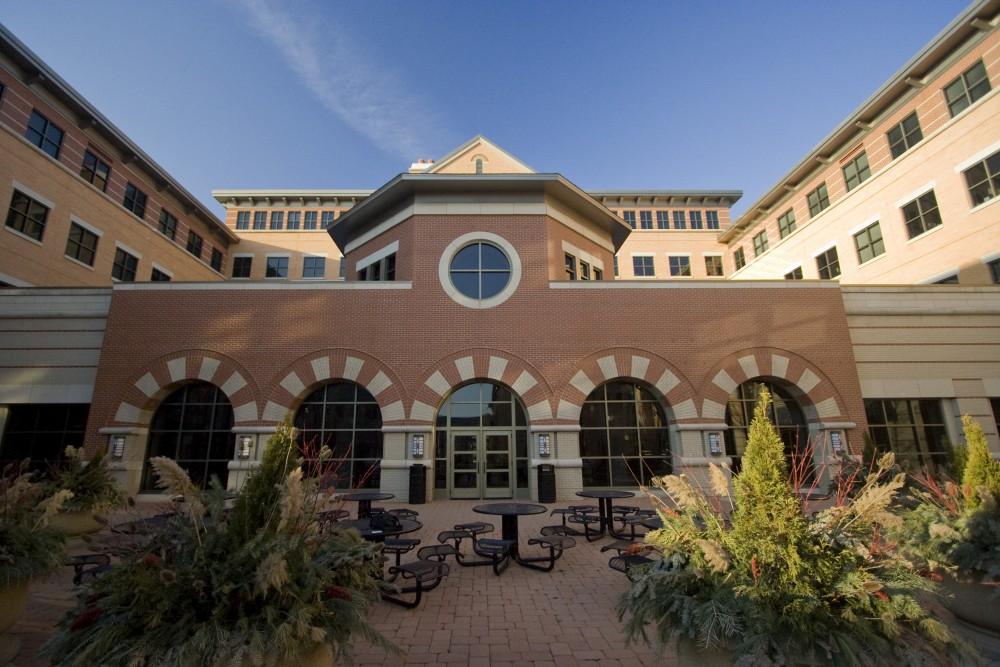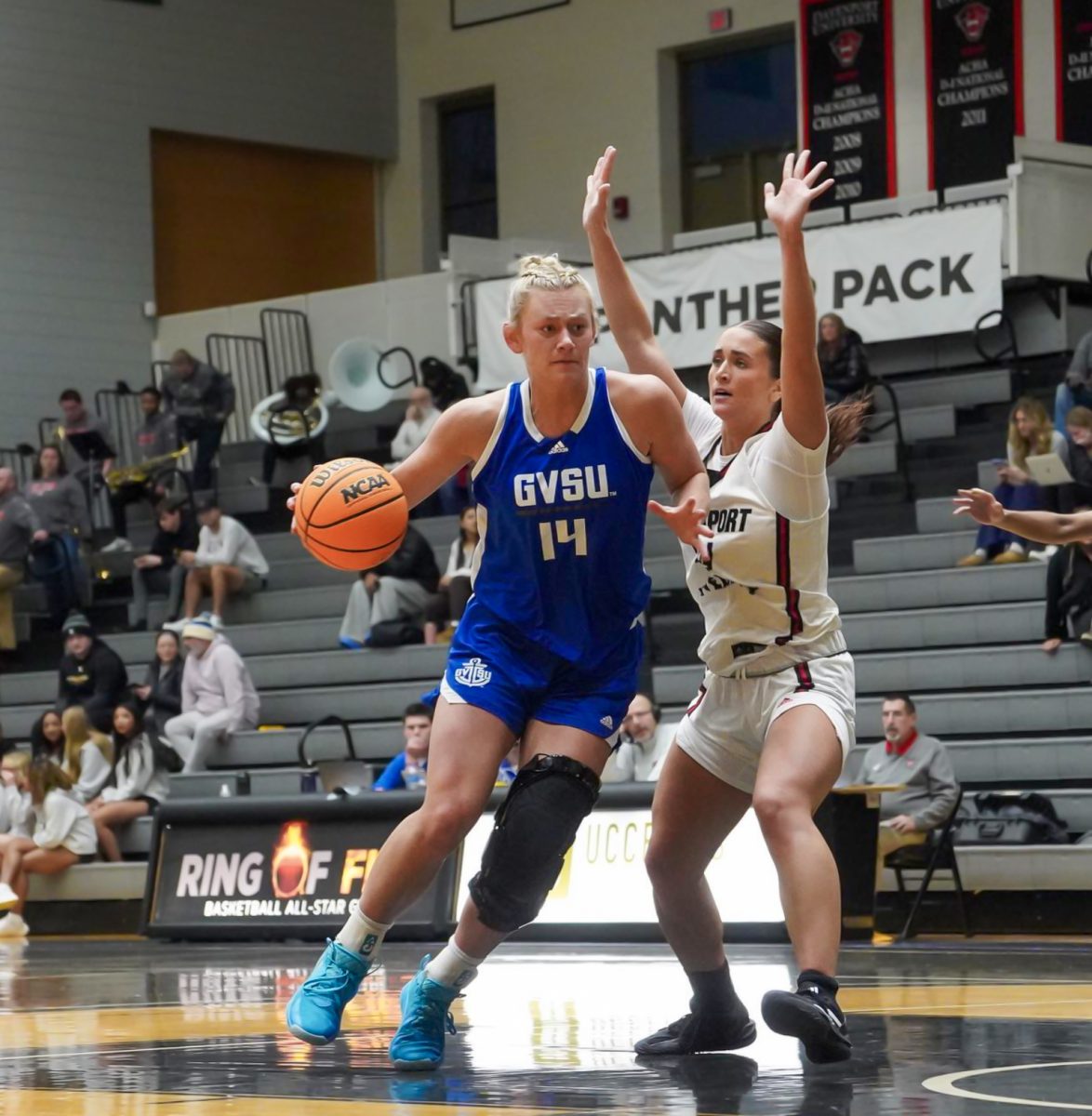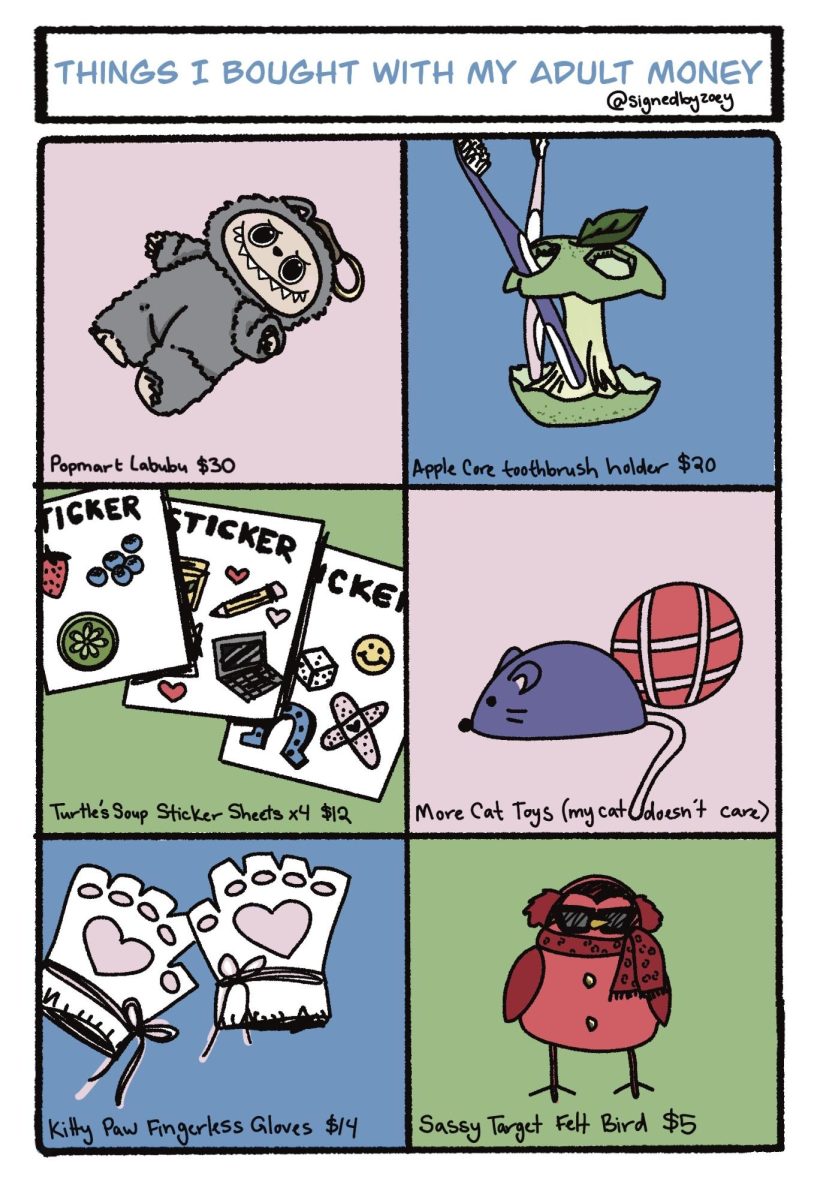GV celebrates growing tradition of sustainability
Apr 19, 2021
In Grand Valley State University’s 2016-21 strategic plan, sustainability is listed as one of seven value statements, guiding the growth and direction of the university.

The statement makes a commitment to working with community partners, preserving resources for future generations and integrating sustainable practices in every facet of university life.
While this may seem daunting, the interdisciplinary nature of sustainability lends itself to these goals, said Office of Sustainability Studies Director Yumiko Jakobcic. By incorporating sustainability across different fields of study, students are equipped to make environmentally conscious changes in their lives and communities.
“We’re really lucky that we have over 250 classes that focus on sustainability all across the board,” Jakobcic said. “You might learn about sustainability in a nursing class, or business, or art – all these different classes, not just environmental studies or science.”
In the spring of 2019, Environmental and Sustainability Studies (ENS) became one of GVSU’s newest majors.
While the university always encouraged students to explore environmental issues through other programs like biology, geology, or natural resource management, there was no program that took an interdisciplinary approach and addressed social and cultural aspects of environmental problems.
“I would be advising students in liberal studies who would have the environment as one of their focus areas,” said Sarah King, GVSU professor and Director of Environmental and Sustainability Studies. “So we worked to build a program that connects to all of those departments, and now we have a program that has courses in anthropology, sociology, social work, business, biology, geology and geography.”
King said that the ENS program reflects GVSU’s mission through its emphasis on public service, hands-on learning and a focus on building stronger communities through sustainable careers.
In addition to education, GVSU has made a commitment to sustainability “behind the scenes,” including facilities, waste sorting, and resources like the solar garden and Sustainable Agriculture Project (SAP) Jakobcic said.
“There’s tons and tons of people working behind the scenes on sustainability,” Jakobcic said. “That gives us a great opportunity to use those spaces as labs to let students see what it’s like in the real world.”
One example of behind-the-scenes work is the 24 LEED-certified buildings between the Allendale and Grand Rapids campuses according to a 2018 report. GVSU pledged that any new buildings, additions, and renovations will be a minimum of LEED Silver certified.
Many aspects of these buildings that are designed to save water, use less energy, and reduce environmental impact go unnoticed, Jakobcic said.
“It’s stuff that you wouldn’t necessarily think of when you’re looking at the building, for example, the sidewalks around the building are light-colored pavement, the landscaping is native plants that don’t need a lot of water,” said Jakobcic.
The Mary Idema Pew Library is the highest-rated building on campus in terms of sustainability and incorporates features like green roofs and energy-efficient light and heating solutions.
“Zumberge hall, which used to be the library, was half the size of the Pew Library but it used to use twice as much electricity, just because of the way that they can design these buildings,” said Jakobcic.
Jakobcic shared that while the university grows, it has continued to cut down on utilities.
“In the last 15 years, campus has grown tremendously, but all of our utilities have gone down,” Jakobcic said. “Our water use has gone down about 45% and our electricity, steam, natural gas, those have gone down around 30-40%.”
GVSU has maintained Gold certification from the Sustainability Tracking, Assessment & Rating System (STARS) since 2013. The latest available report from 2019 reflects the reduced consumption of resources across campus. For example, compared to data from 2005, GVSU used over 20.5 million fewer gallons of water and showed a 41% reduction in water use per unit of floor area in 2017.
In addition to operations, the STARS rating reflects sustainable efforts in other areas including innovation and leadership, planning and administration, academics, and community engagement, according to www.reports.aashe.org.
GVSU’s location along with the Grand River and Grand Ravines system is one reason why King thinks sustainability has become a focus for the university.
“Biology students or GIS students can go right into the ravines and do research,” King said. “I take my idea of nature students out into the arboretum all the time. I think in the long run, that’s something that’s shaped how we think and talk about the environment.”
The SAP is another way in which GVSU has taken a unique approach to sustainability, said farm director and educator Michael Hinkle.
“Grand Valley has a very unique student farm, you know,” Hinkle said. “There’s no other student farm like the SAP out there because we try to get students from all different disciplines out there to get a unique take and work on unique projects.”
The farm typically participates in the GVSU Farmers Market, operates an online farmstand and is open for volunteer hours. In the past, the SAP has provided internship and volunteer opportunities to students studying the environment or biology, as well as art, video, film and marketing students.
In the strategic plan for the Office of Sustainability Practices, increasing class visits to the SAP was objective 1A. In spite of the COVID-19 pandemic, the SAP hosted 15 class visits, supported 15 interns, and allowed for approximately 870 student volunteer hours in 2020, according to the strategic plan website.
The SAP also works with student organizations like Farm Club, Student Environmental Coalition and Native American Student Association (NASA).
“We’re working with NASA to have an inclusive place for Indigenous students where they can grow native foods from a seed bank of native crop species,” said Hinkle.
Beyond specific projects, Hinkle said that the SAP is an important campus resource for growing and learning about nutritional food.
“The sustainable agriculture project really pushes the food justice initiative by showing students what they can do in their home and trying to get them to thinking about their food,” Hinkle said. “It’s not a problem that anybody’s going to fix overnight, but the more people we can get to think about this kind of thing, when they’re making these decisions consciously, the quicker it will change over time.”
King also cited the work of the Making Waves Initiative and student organizations, which go to show the GVSU community’s commitment to sustainability now and in the future. King said that this is an encouraging new approach to environmental issues.
“When I started as an undergraduate student, there were very, very few environmental science or environmental studies programs, because it was like such a provocative conversation,” King said. “Now, I think everybody recognizes and accepts that these are things we have to attend to and now we’re arguing about how we’re going to address them.”







